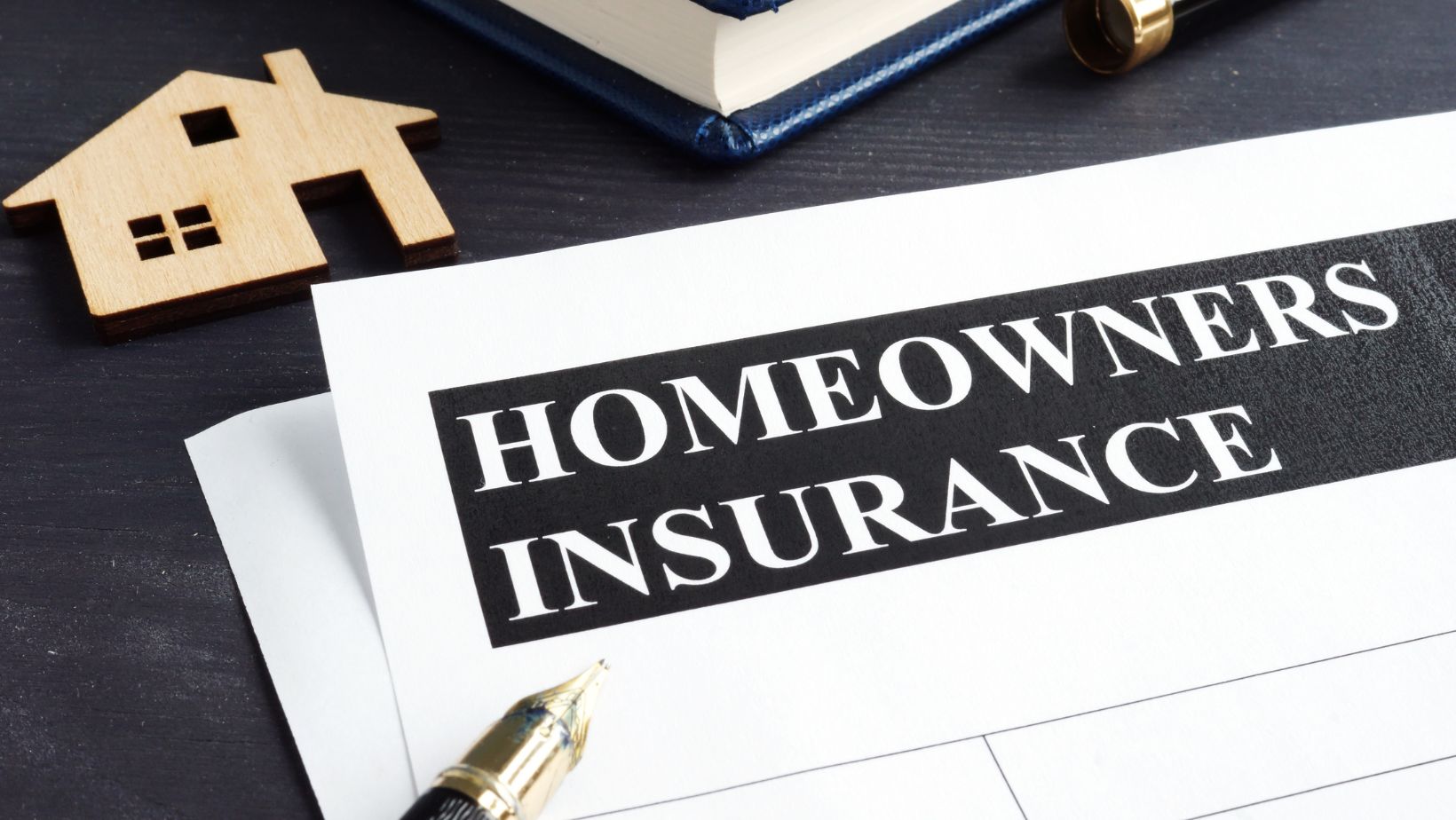
Home Insurance Gaps That Could Cost You Big—What Parents Need to Know

Your home is your sanctuary—the place where you tuck your kids in at night, hide holiday presents, and store years of memories in every nook and cranny. It’s also, let’s be honest, a financial beast. Mortgage, taxes, maintenance—it all adds up. So, the last thing you need is a nasty home insurance surprise when something goes wrong.
Because here’s the thing: not all home insurance policies cover what you assume they do. And when you’ve got kids, unexpected disasters become a little too common—whether it’s a flooded basement or an impromptu science experiment gone wrong.
Let’s break down the biggest home insurance gaps that could cost you big—and how to plug them before it’s too late.
1. Water Damage—No, Not All of It Is Covered
You’d think water damage is water damage, right? Not quite. Many policies cover sudden leaks (like a burst pipe) but exclude flood damage from heavy rains or backed-up sewers—two things that can destroy your basement in hours.
What to do:
- Ask your insurer about flood and sewer backup coverage.
- If you have a finished basement, you need extra coverage.
- Install a sump pump with a battery backup—it’s your first line of defence.
2. High-Value Items May Not Be Fully Covered
Do you have a vintage engagement ring, high-end tech, or an art collection? Your standard policy likely has coverage limits for valuables, which means you could be thousands of dollars short if something gets stolen or damaged.

What to do:
- Check the limits on expensive items.
- Consider a rider (aka an add-on) for jewelry, electronics, or collectibles. Have appraisals done on these items to be sure of their value when you decide on an appropriate coverage limit for these items.
- Keep receipts and photos of high-ticket items—proof matters when filing claims.
3. Renovations and DIY Upgrades Could Void Your Policy
You added a home office, knocked down a wall, or built the treehouse of your kids’ dreams. Nice. But if you didn’t update your insurer about these changes, your new upgrades might not be covered—or worse, your whole policy could be voided. The insurer needs to know about potential changes to the risk they are insuring, if they do not know, they can potentially deny your claim for failure to notify them of material changes.
And if you ever need to file a claim, you’ll likely deal with an insurance adjuster—not necessarily someone working in your best interest. That’s where understanding the difference between lawyer and adjuster can be crucial.
What to do:
- Report major renovations (new rooms, structural changes, big electrical work).
- Ask your broker if your policy needs an update before starting a big DIY project. Keep records of these conversations and their advice on what your policy needs.
4. Trampoline? Pool? Backyard Risk Central
If you have a pool, trampoline, or even a treehouse, your insurer sees it as a liability waiting to happen. Some policies exclude injuries related to these, meaning if the neighbourhood kids get hurt, you could be footing the bill yourself.
What to do:
- Check if your policy covers “attractive nuisances” (yes, that’s the term).
- If not, add an umbrella policy to cover backyard risks.
- Fence off pools and trampolines to minimize the risk of accidents.
5. Short-Term Rentals Could Leave You Exposed
Thinking about renting your place on Airbnb while you’re on vacation? Or renting out the basement for extra income? Be careful—most home insurance policies don’t cover short-term rentals unless you have additional coverage. Some insurance companies may not offer this coverage and you will have to look elsewhere.

What to do:
- If you’re renting out a space, check with your insurer first. You may be able to get insurance through the home-sharing platform you use, but the insurer for your basic homeowner’s policy needs to be notified of this to ensure proper protection on your policy is in place.
- Look into a landlord or rental insurance policy for proper protection.
6. Home-Based Business? Your Insurance Might Not Cover It
Running an Etsy shop? Teaching music lessons at home? Even a small business could void part of your home insurance if you’re not properly covered. The best practice is to advise your insurer and/or broker of all these facts to ensure you are protected accordingly.
What to do:
- If clients visit your home or you store inventory, you likely need extra coverage.
- Ask your insurer about a home business policy.
7. Pets—Yes, They Can Affect Your Coverage
We love them, but insurance companies can be picky about dogs—especially large breeds. Some policies exclude coverage for dog bites or pet-related damage, leaving you financially vulnerable if an incident happens.
What to do:
- Check if your policy covers pet-related injuries or damage.
- If your dog is on a “restricted breed list,” consider an umbrella policy.
The Bottom Line
Home insurance gaps are sneaky. You might not notice them until something goes wrong—and by then, you’re looking at thousands of dollars in out-of-pocket costs.
So, here’s your move: review your policy, ask questions, and fill in the gaps before you need to file a claim. Because in the world of homeownership (and parenting), the best surprises are the ones you don’t have to pay for.




